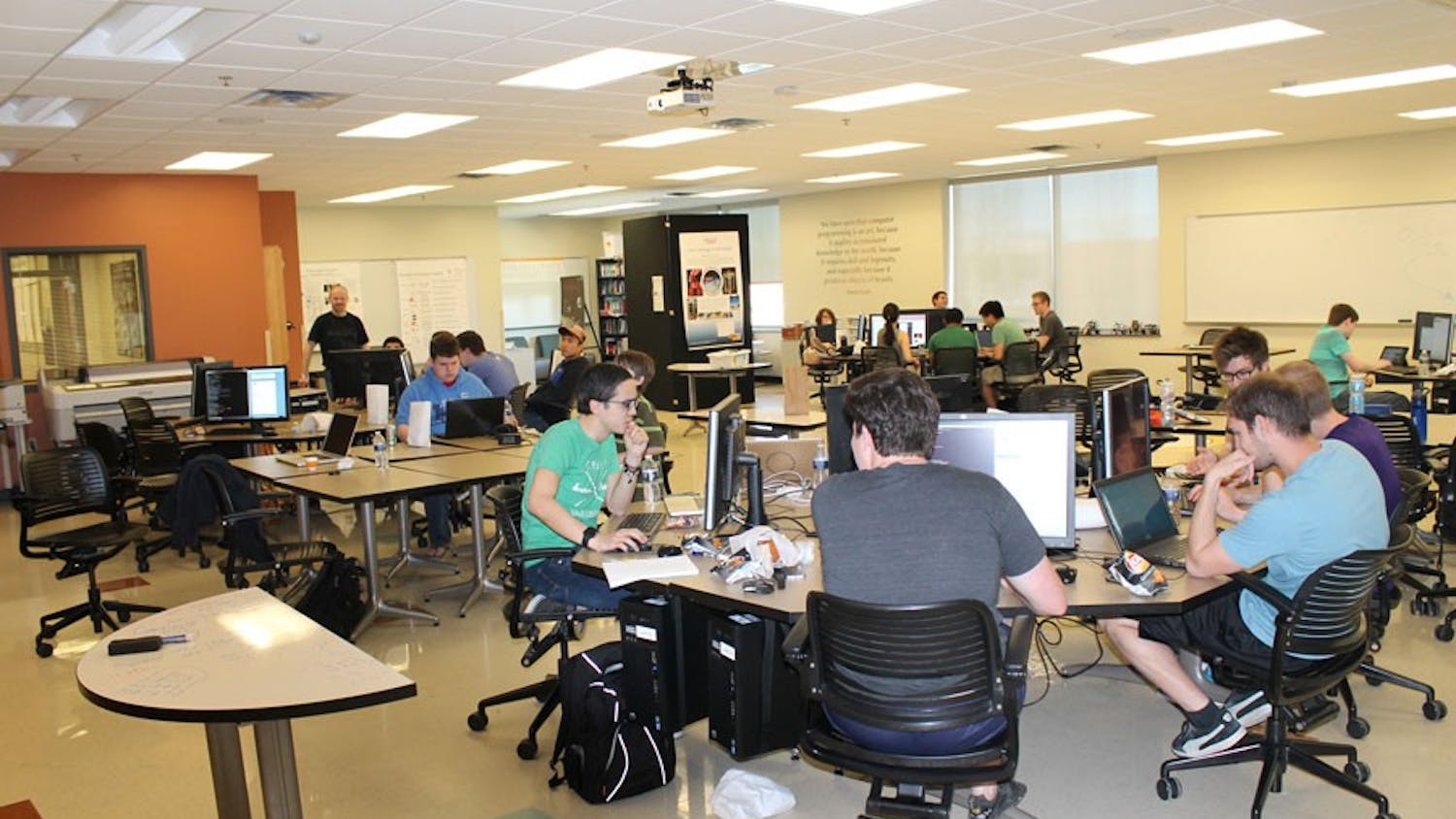By Katelyn S. Irons
President Barack Obama announced an ambitious new research initiative to map the human brain last week. The Brain Research through Advancing Innovative Neurotechnologies (BRAIN) Initiative will be launched in 2014 with $100 million in government and private funding.
While this is the first official announcement of the project, Obama alluded to it during his State of the Union address when he said "scientists are mapping the human brain to unlock the answers to Alzheimer's."
According to The White House website, the research project hopes to discover "ways to treat, prevent and cure brain disorders like Alzheimer's, schizophrenia, autism, epilepsy and traumatic brain injury."
The White House also stated the $100 million funding for this research is supported by the National Institutes of Health (NIH), the Defense Advanced Research Projects Agency and the National Science Foundation. More than $60 million will be coming from other foundations and private research institutions.
"As humans we can identify galaxies light-years away. We can study particles smaller than an atom, but we still haven't unlocked the mystery of the three pounds of matter that sits between our ears," Obama said.
The BRAIN Initiative hopes to map the neural circuits of the brain with new technology like nanosensors and wireless fiber-optic tools, according to The Independent. They also stated these new technologies would be used with traditional methods like magnetic resonance imaging (MRI).
"It could enable neuroscience to really get to the nitty-gritty of brain circuits, which is the piece that's been missing from the puzzle," said Rafael Yuste, the co-director of the Kavli Institute for Brain Circuits at Columbia University, to LiveScience. "The reason it's been missing is because we haven't had the techniques, the tools."
Some neuroscientists are skeptical about the project due to the lack of clear details and abundance of vague rhetoric that was revealed along with the BRAIN Initiatives mission, according to Science, a magazine produced by the American Association for the Advancement of Science.
"As the proposal stands, it's still awfully vague, so it's hard not to have some reservations," said biophysicist Jeremy Berg, former director of the National Institute of General Medical Sciences at the NIH to Science.
Other scientists question the process of using traditional methods like the MRI, according to LiveScience.
"I don't think that their particular approach of trying to map the brain through imaging is really necessarily the way that's the best reflection of what is actually going on in the brain," said Don Stein, director of the Brain Research Laboratory at the Emory University School of Medicine, to LiveScience. "They're making a huge gamble."
Through the criticism, the Obama administration is standing its ground. The administration points to the Human Genome Project, the last successful government science initiative, which gave scientists the ability to read a human's complete genetic blueprint.
The federal government invested $3.8 billion in the Human Genome Project. But it seems the investment was well worth it, since the project has since generated more than $796 billion, according to the White House (though The Washington Post reported controversy regarding that number).
In any case, the Obama administration expects the project to be well worth the investment.
"The potential here is enormous," said Jay Carney, White House press secretary, in a daily press briefing. "And the investment is relatively small compared to the potential."





